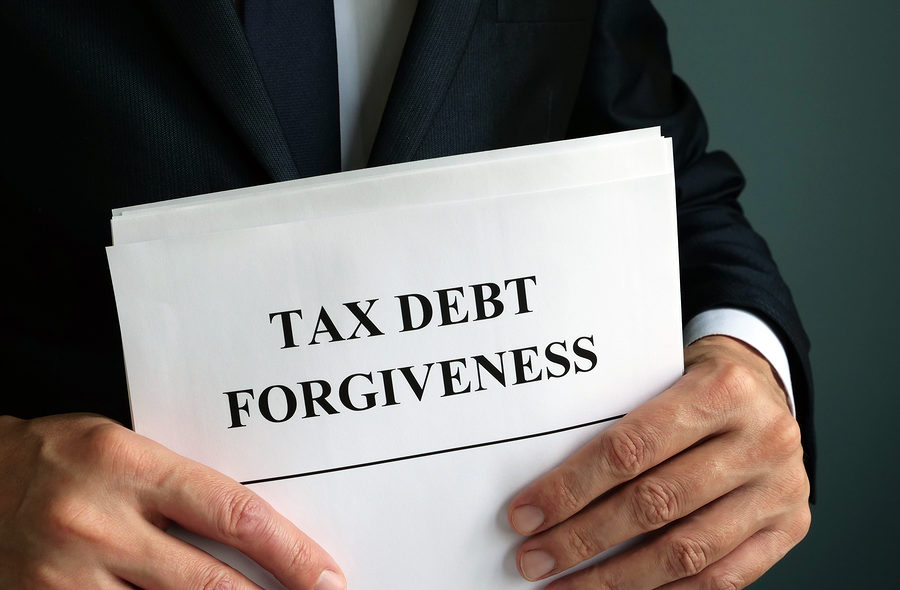With tax season coming to an end, many consumers are wondering how they are going to pay their outstanding tax bill. When it comes to tax debt, it is best to pay it off as quickly as possible and in one lump sum payment. However, payment in full is not always possible. Fortunately, there are options available for those struggling with tax debt.
The official tax filing deadline was May 17, and all outstanding 2020 tax bills were technically due at that time. If a taxpayer was not able to pay the bill by this date, interest and penalties will begin accruing on the outstanding amount owed. The penalty for not paying tax bills in full is 0.5 percent of the unpaid amount monthly until the full amount is paid. On top of interest, penalties will add up to 25 percent of the total amount owed. Because of these penalties, the quicker the tax bill can be paid, the better.


